1. Diagnosing Your Thread Breaks
If you’re sewing with a cotton thread in your sewing machine and have a thread break, the way that your thread breaks can actually tell you a lot about what went wrong. If it looks a little shriveled up, that means the thread snapped from a great surge of tension. So much that it pulled the thread until it snapped, then sprang back a little. If this happens, try loosening your tension or ensure you’re sewing with the correct size needle.
If it looks like a clean break, that means it was cut by something. Change your needle, check the needle plate for burrs, or burrs somewhere else in the machine. A well-maintained machine will always sew the best!
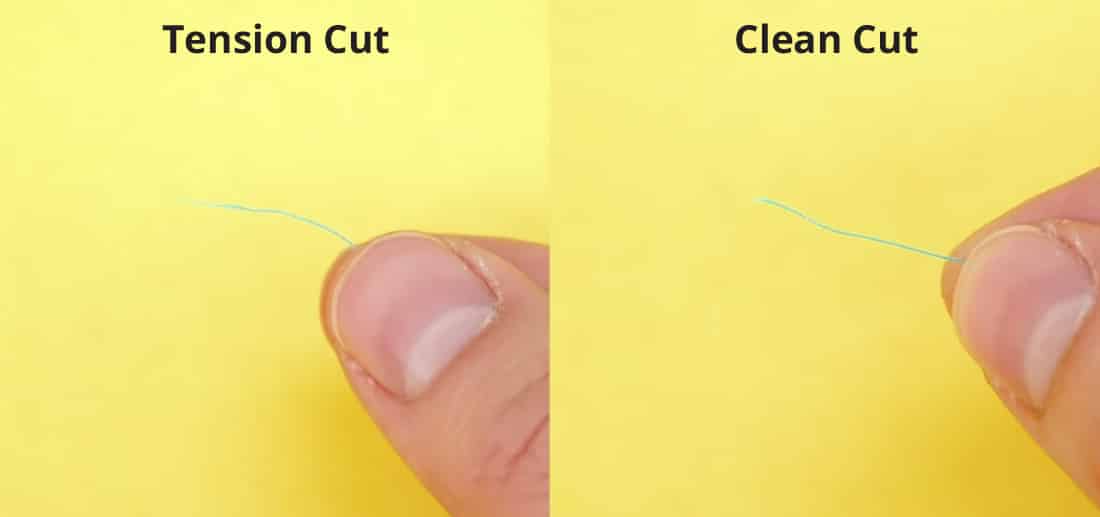
Pictured is Konfetti 50wt Egyptian cotton thread broken in 2 ways.
2. Choosing a Quality Bobbin Thread
Have you ever used a sideless bobbin and wondered how the thread keeps its shape without anything holding it together? This is because the thread is sprayed with a glue that keeps it stuck in this shape. As handy as these bobbins are, the glue can come off while it’s running in your machine and cause a sticky build up that’s harder to clean out than regular lint.
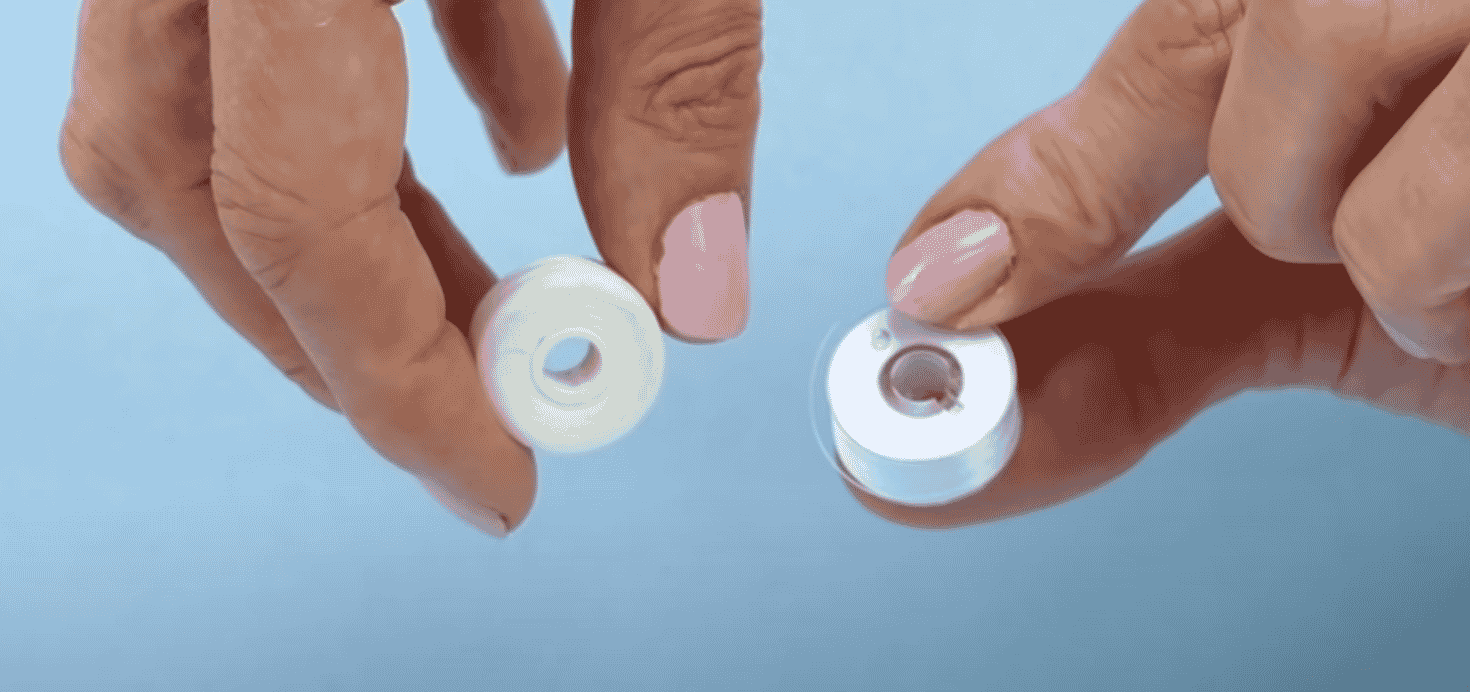
Left: A sideless bobbin with glue applied to hold it together. Right: A DecoBob 80wt pre-wound bobbin with zero glue applied.
We always recommend plastic sided bobbins that have zero glue or residues applied to it so your machine stays clean and happy. One way you can tell if a bobbin thread comes without these sticky residues applied is to take a look at how easily they unwind themselves. If they easily unravel and look a little messy, you can take that as a positive sign that your thread is clean.
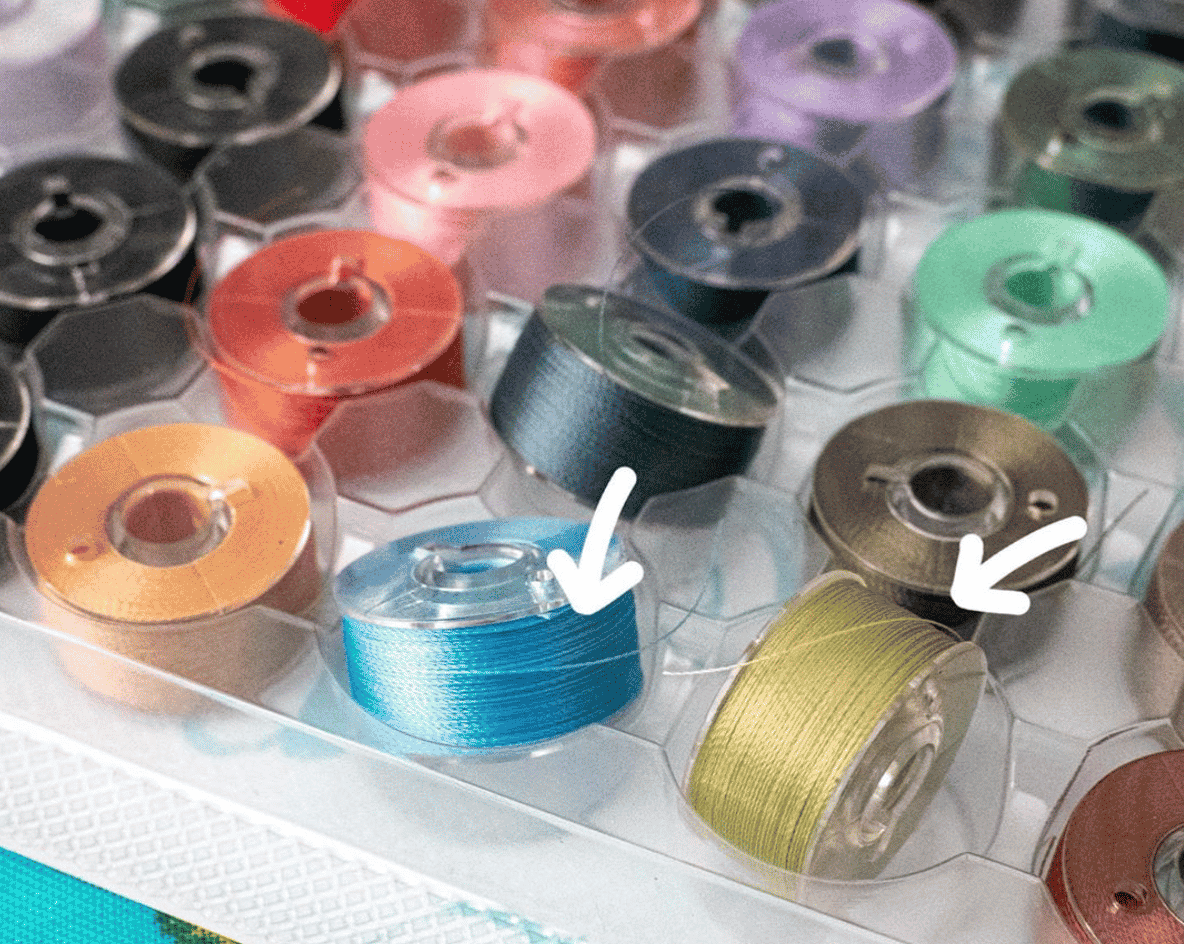
DecoBob bobbins unravelling easily in their packaging.
3. How to sew with a stack wound thread vs a cross wound thread
Your thread can come wound in two different varieties: stack wound and cross wound. If you’ve ever taken a close look at your thread spools, you may have noticed that there are two different ways the thread is wound onto the spool. Stack wound refers to when a thread is wound on the spool in a straight and even pattern, whereas a cross wound thread is the more common of the two and comes wound in an angled pattern.
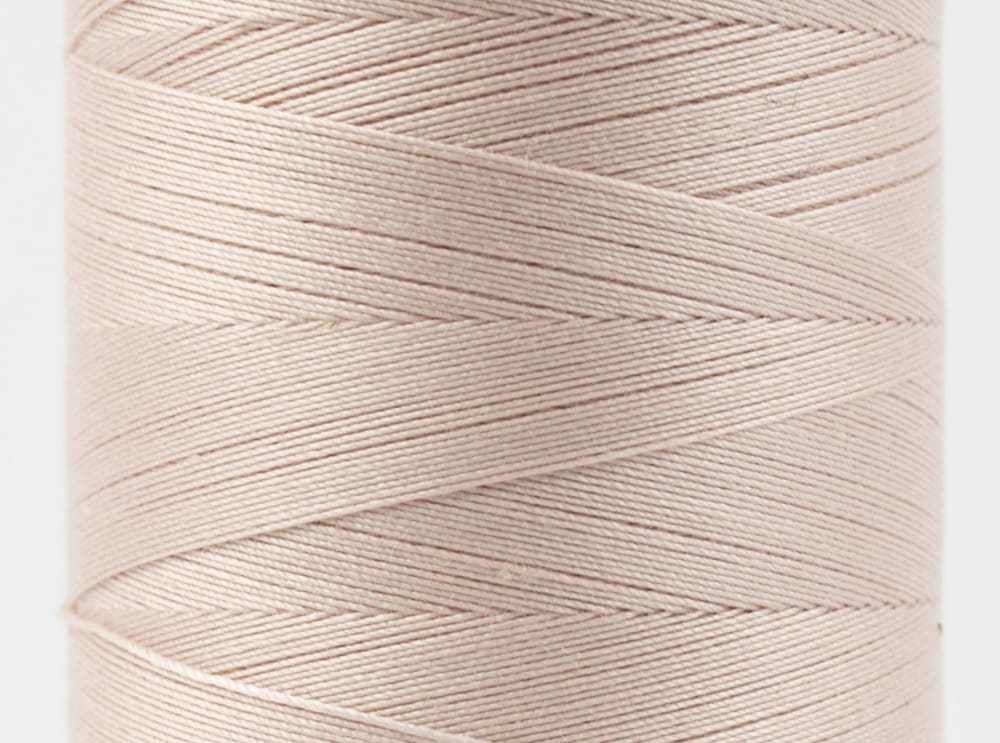
Pictured is a spool of Konfetti 50wt Egyptian cotton thread in a cross wound pattern.
If you’re sewing with a stack wound spool, your thread will need to draw off the side of the spool. This is easily done by placing it on the vertical spool pin of your sewing machine. If you’re sewing with a cross wound spool, then you will need to draw the thread from the top of the spool. This can be done by placing the thread on the horizontal spool pin of your machine. Placing the spool on the wrong pin will cause tension problems as the thread drags across the spool in the wrong direction and can result in a lower stitch quality or even thread breaks.
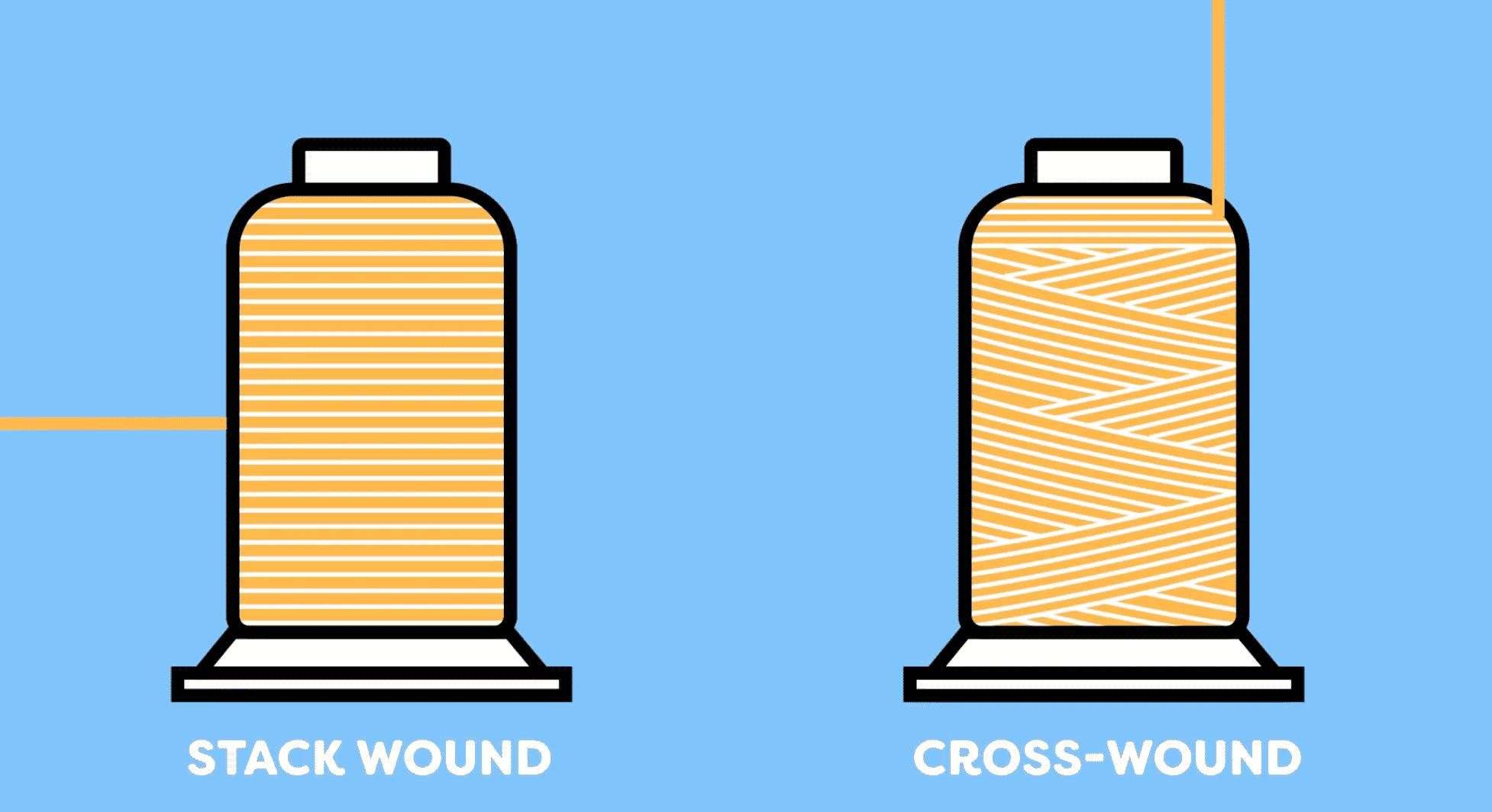
You can sign up to receive weekly sewing tips, free patterns, and tutorials in our newsletter. Register by clicking here! You can unsubscribe at any time by clicking the unsubscribe button on the footer of every email you receive.

